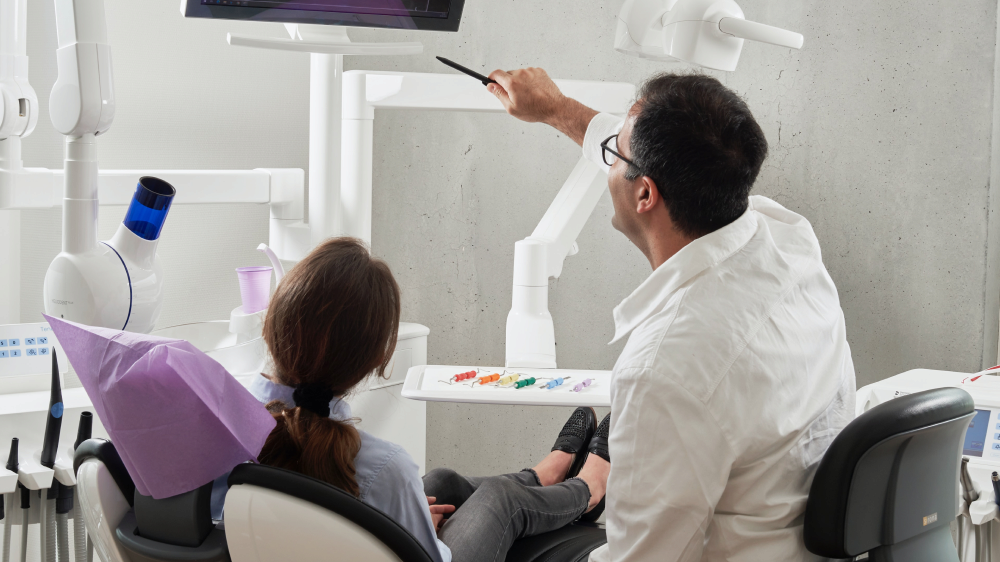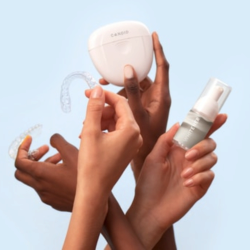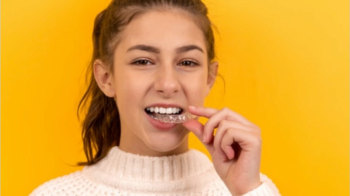Exams
It is recommended you have a dental check-up once a year.
During an examination, your dentist will check the health of your teeth, gums, and other oral tissues. Your dentist will then discuss with you your treatment needs and the options that are available and most suitable for you.If necessary, x-rays are taken to gain more information about your teeth and gums.
Fissure Sealants
Fissure sealants are plastic coatings that are painted on to the grooves of the back teeth.
The sealant forms a protective layer that keeps food and bacteria from getting stuck in the tiny grooves in the teeth causing decay.
Resin-based fissure sealants should be applied to the permanent molars of children as early after eruption as possible.
This procedure does not replace good tooth brushing and a protective diet. It is only an aid. If the teeth are neglected and the diet has a high sugar content, cavities will still develop.
Hygiene
During your hygiene visit we will remove the plaque and calculus (tartar) from your teeth.This is important for the health of your gums and teeth. We will also discuss ways to maintain good oral hygiene at home, such as the use of dental floss or interdental brushes. If your teeth or gums are very sensitive, it is possible to receive anaesthetic for this procedure (numbing of your teeth and gums). Sometimes a few visits may be necessary to complete this process.
Fluoride Applications
Fluoride varnish provides extra protection against tooth decay when used in addition to brushing. Fluoride varnish is a pale-yellow gel that sets quickly. It is mostly applied to children’s teeth but there also situations in adult teeth when this procedure is indicated.
Scientific studies have shown that fluoride varnish gives added protection to teeth against decay when used in addition to brushing teeth regularly with fluoride toothpaste.
Children's Hygiene
We encourage parents to introduce children to the dental environment at an early age. Becoming familiarwith and learning the regularity of the dental visits is a great gift to give your children. However, when the children are young, they can be a little anxious about having their own appointment and being the centre of attention. We welcome parents to bring their young children with them for their own check-up visits, and they can be seen briefly at the same time as an exciting experience.
We are happy to monitor your child’s oral health and development and carry out preventive treatments such as fissure sealants, fluoride applications or sports guards. If a young child needs an invasive procedure such as an extraction or a filling and is not able to cooperate with the treatment, we will discuss with you referral options where such treatments can be carried out under sedation.








